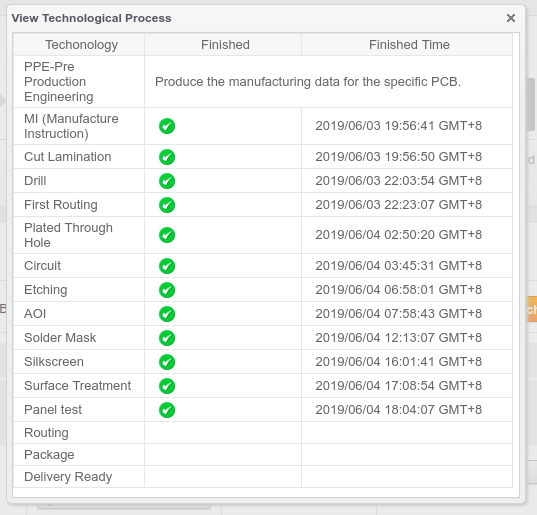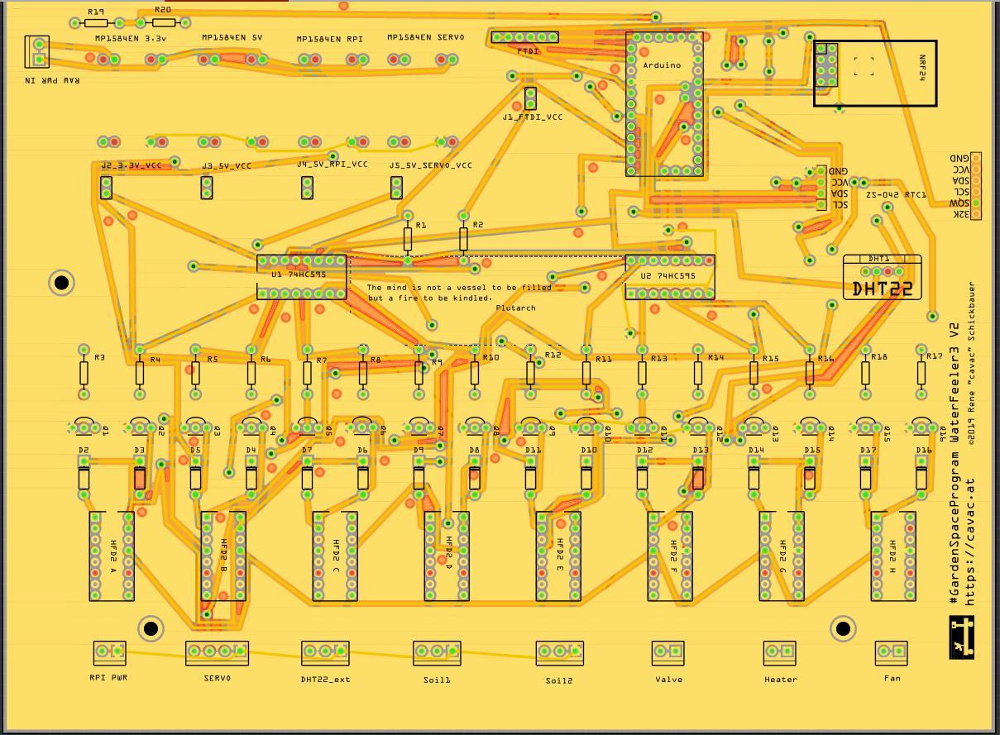This is only a short update on the next GSP mission.
The circuit board for WaterFeeler3 (no handwiring this time) is now currently in production over at PCBWay in China.

Until a few days ago, i was planning to add a biological experiment (growing plants using rainwater), but now i have decided against it. This was another case of "feature creep" that would have tried way too much stuff into a single Arduino.
WaterFeeler3 will continue the original series by measuring rain and air temperature as well as air and soil humidity. It will again include the PanCam. The one new experiment will be for engineering tests, using a rain catcher and electrical release valve (which will also allow us to quantify rainfall). PanCam will include a second camera with a different servo arrangment on a sort of elevated mast. This is mostly thanks to Solstice, which will allow us 24/7 download links to transfer much more image data than before.
But WaterFeeler3 will also include a heater and fan assembly, mostly for winter operation and also trying to de-fog the PanCam window. Yes, we are going for a minimum primary mission of a year with WaterFeeler3.
I'm already thinking of a much bigger science mission with a multitude of instruments, but those will be split over a multitude of Arduinos, tied together with some sort of communication bus (RS-485?). But first i want to prove that the basic design of the evolved WaterFeeler3 and the new sensors really work.
WaterFeeler3 will also run a much improved software suite. This will even include the option of using the Raspberry Pi/PanCam as some sort of store-and-forward system. This will be extremely useful for future missions that run non-repeatable experiments. Having a second station that can capture the data live (and replay it later) might be essential. The flight software will also include a number of bugfixes, reliability improvements and the ability to run scheduled sequences (timed by the onboard clock).
And, finally, here is the PCB design (screenshot from Fritzing):

|





